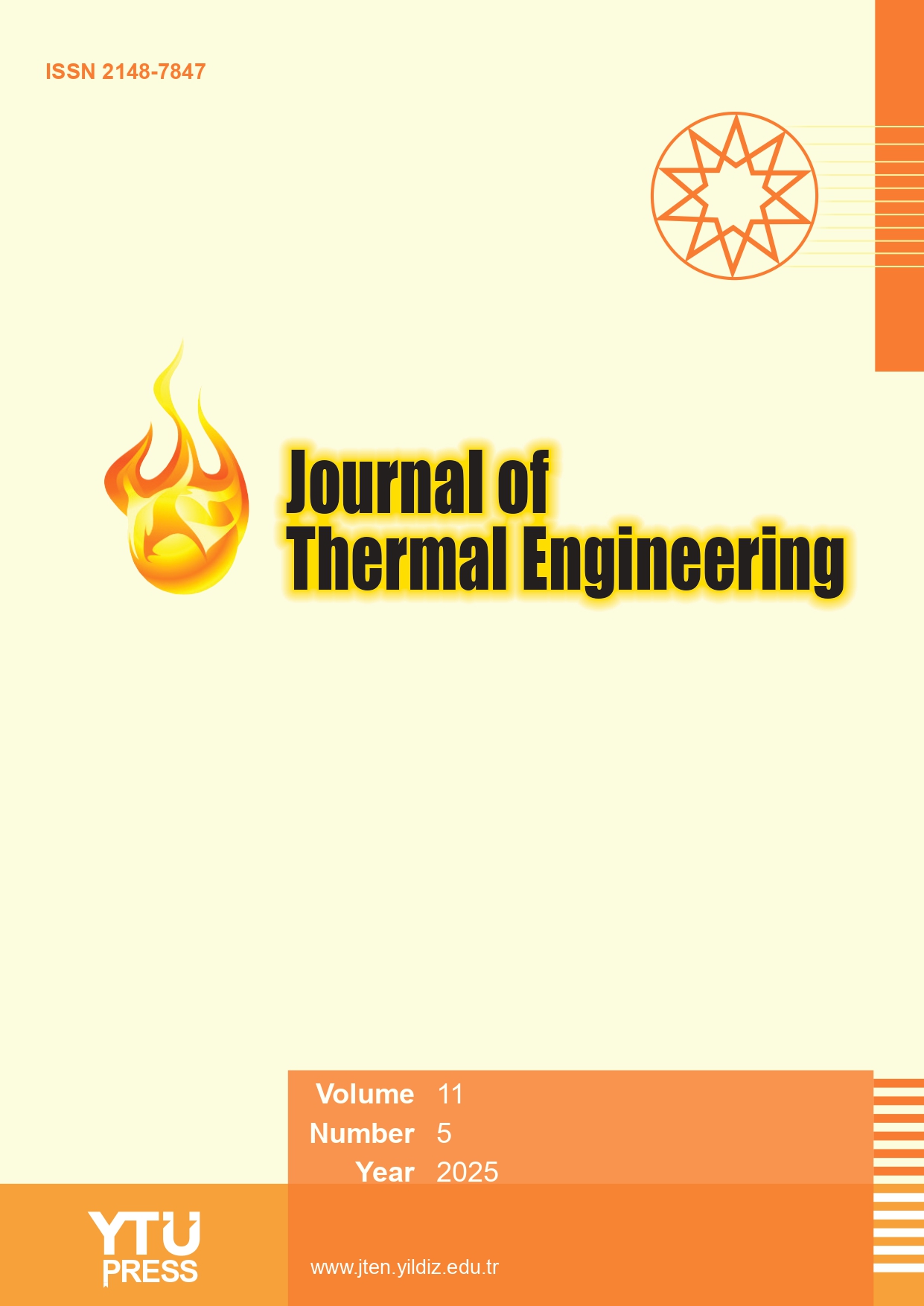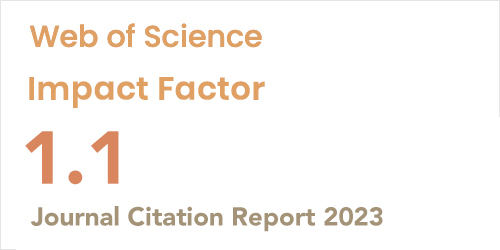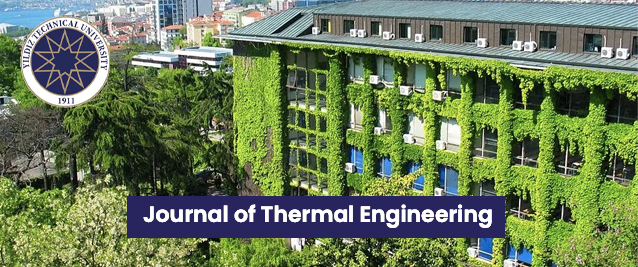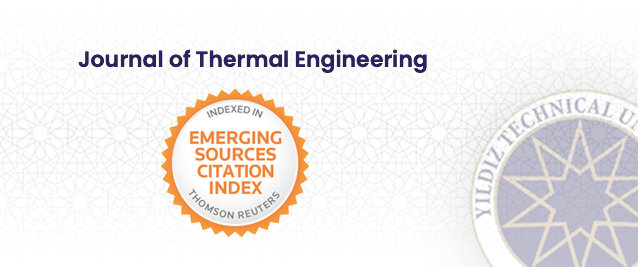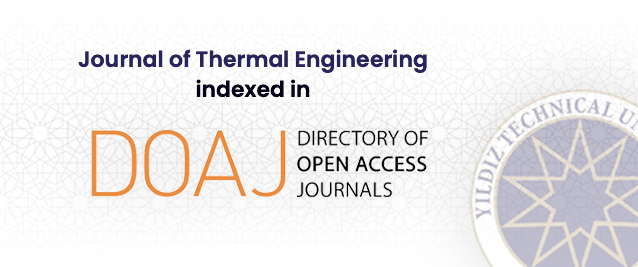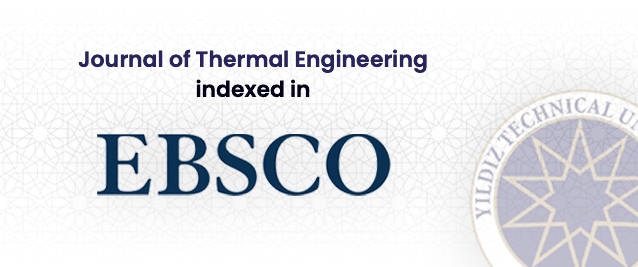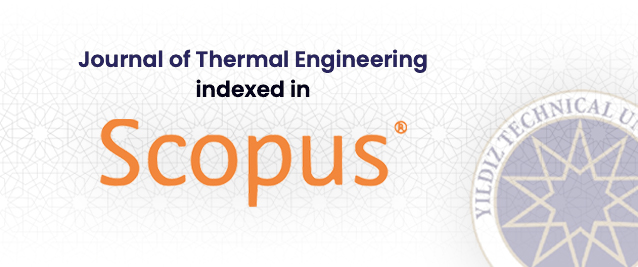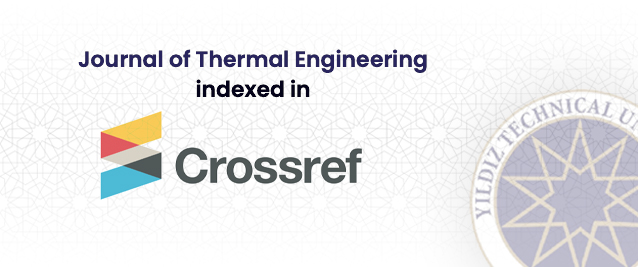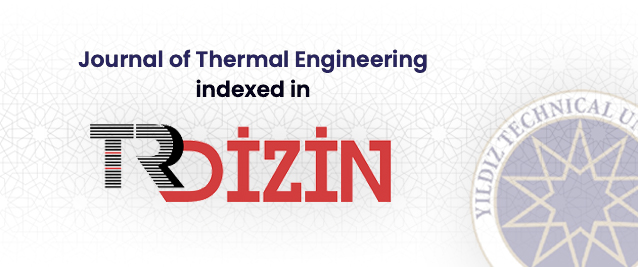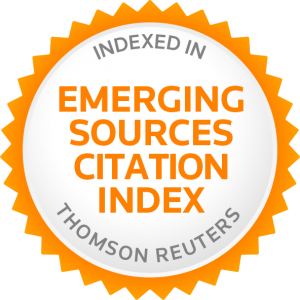Abstract
The Electronic Expansion Valve controls the amount of refrigerant flow into the evaporator. The percentage opening of the electronic expansion valve significantly impacts the perfor-mance of the vapor compression refrigeration system as it controls the refrigerant flow to the evaporator which alters the superheating temperature and thus providing different cooling loads. In order to protect the compressor from damage from the liquid refrigerant, it is essen-tial to vaporize all refrigerant before it leaves the evaporator. The experiments were conducted with an air-cooled condenser, a compressor frequency of 45 Hz, and a water pump frequency of 50 Hz. The experiments ran until the cold water temperature reached 10°C. R- 134a refrig-erant was used as the working fluid in all experiments. The conditions were kept similar for the capillary tube, thermostatic expansion valve, and electronic expansion valve. The per-formance parameters including cooling load, compressor power, and cooling coefficient of performance, were investigated by varying the electronic expansion valve percentage opening. The best performance achieved was that of a cooling load of 6560 W and COP of 4.56, with a 60% electronic expansion valve opening. In comparison to the capillary tube, the 60% elec-tronic expansion valve opening provides an increase of 65% of the cooling load and increase of 39% of the coefficient of performance, respectively, and compared to thermostatic expansion valve, it provides an increase of 35% of the cooling load and increase of 10% of the coefficient of performance, respectively.


